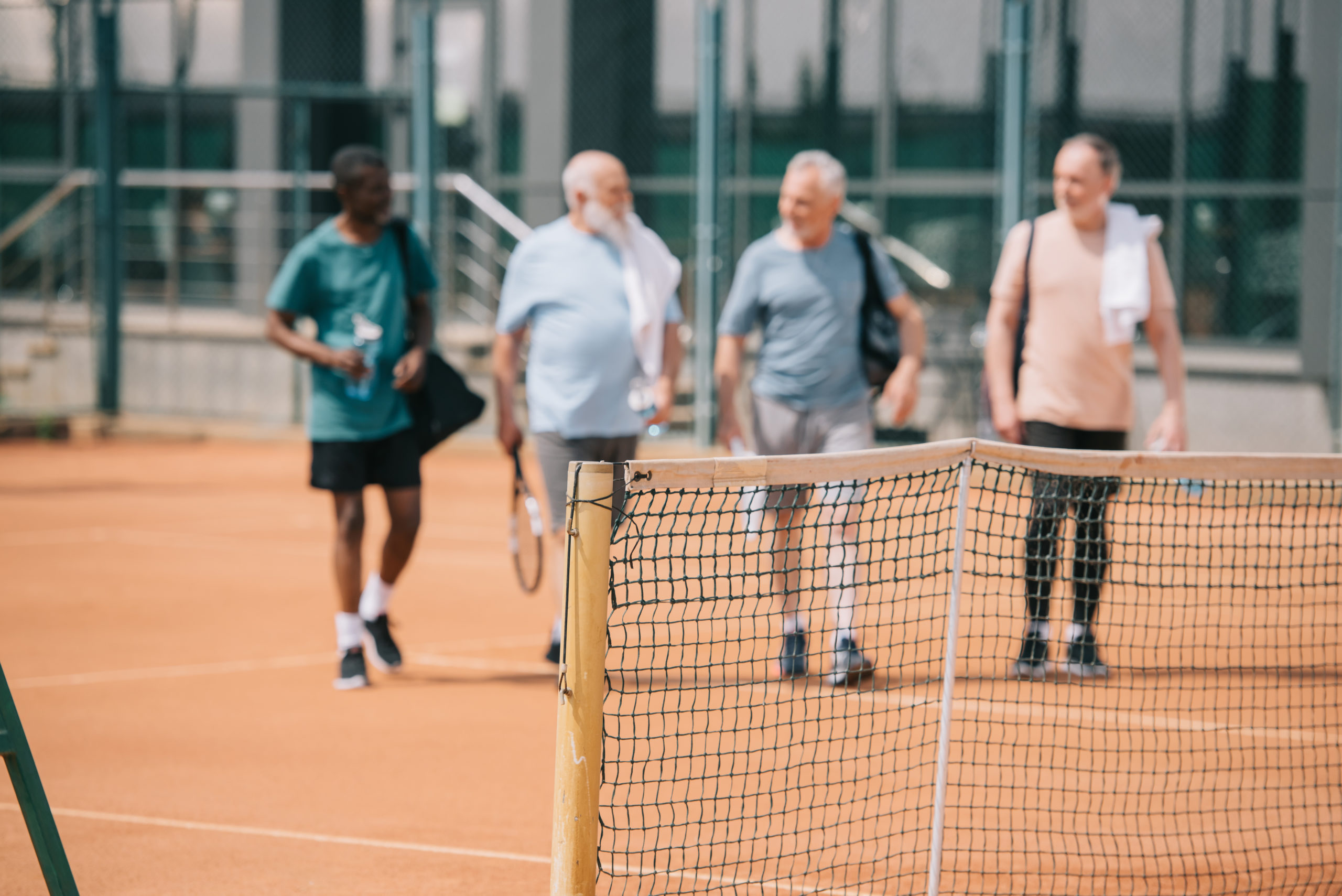
Pain in the wrist, arm and elbow is fairly common amongst tennis players. Tennis is quite strenuous on the arm as a whole, and injury is usually the result of chronic overuse, poor technique or incorrect equipment, however acute injuries also occur from impact or tripping over.
If you are experiencing prolonged pain in the wrists, hands or arm from playing tennis we recommend seeing a hand therapist to effectively manage symptoms and avoid any further pain or injury. Here are a few key points to remember too.

Common injuries from playing tennis
• Tennis elbow – Tennis elbow is an injury to the muscles that extend from the elbow to the wrist. Pain generally occurs at the lateral epicondyle – the bony outer part of the elbow where muscles from the hand and wrist are attached. It is usually the result of extended, repetitive strain on the elbow while playing tennis.
• Ulnar Sided wrist pain – Ulnar sided wrist pain is commonly the result of damage to the Triangular Fibro Cartilage Complex (TFCC).The TFCC is the main ligament that stabilises the ulnar side of the wrist, supporting the wrist under load during rotation of the forearm.
• Rotator Cuff injury – The Rotator Cuff is a group of muscles and tendons that provide the shoulder with stability and allow the arm to rotate. Overuse or a heavy blow while playing tennis may cause small tears or strains in the Rotator Cuff which pain be quite painful.
• DeQuervain’s Tenosynovitis: DeQuervain’s Tenosynovitis is the irritation of the two tendons that insert at the base of the thumb as they pass through their own extensor sheath. It can be caused by repetitive use of the thumb or wrist while playing tennis.
How can these injuries be prevented?
Equipment – Ensuring you are using the proper equipment that is right for you is the first step towards preventing serious injury. The right sized racket, with a suitable grip size, can help reduce the risk of injury.
Technique – Technique is another key factor that may cause an injury. Incorrect form or grip can really increase the risk of repetitive stress injuries.
Strengthening – Many injuries associated with tennis are the result of too much too soon. Whether you’re a social player or a professional, you should constantly be working towards building strength and flexibility around the areas you use most when playing – even on your days off.

Treatment of injuries
Therapists can prescribe specific exercises for upper limb injuries, and these will vary depending on the issue. Risk assessment on the court may be recommended for injuries caused by repetitive stress, and orthotic devices or splints may be necessary to help injuries heal. Relative rest is a key factor for treatment of many of these issues too.
Surgical treatment may also be appropriate if conservative measures to provide adequate symptom relief and hand therapy may be required in the postoperative rehabilitation process.
If you have any questions regarding a condition you have or how to prevent injuries from playing tennis, book an appointment or feel free to contact us here. We’d be more than happy to help!
